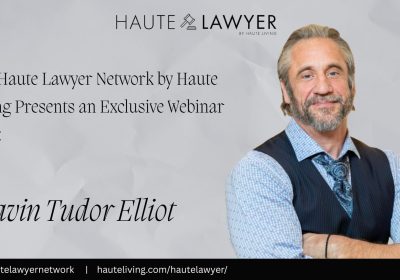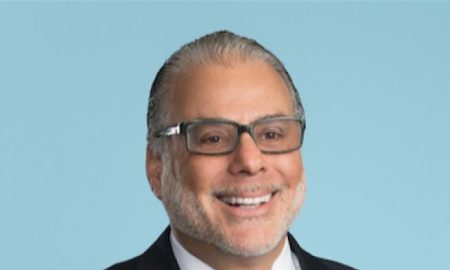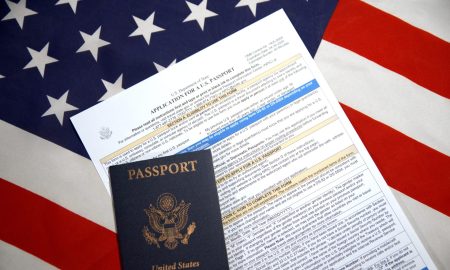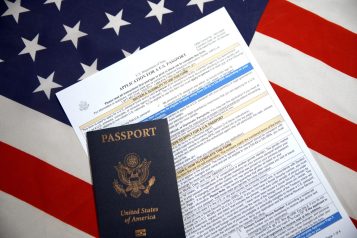
When a loved one dies due to someone else’s negligence or recklessness, seeking justice through a wrongful death claim is essential yet complex. Yosi Yahoudai, Esq., founder and managing partner of J&Y Law, offers expert guidance on navigating these claims. His deep expertise helps families understand how to prove negligence, calculate damages, and work effectively with attorneys to achieve the best outcomes. This guide simplifies the wrongful death process, from filing a lawsuit to obtaining compensation.
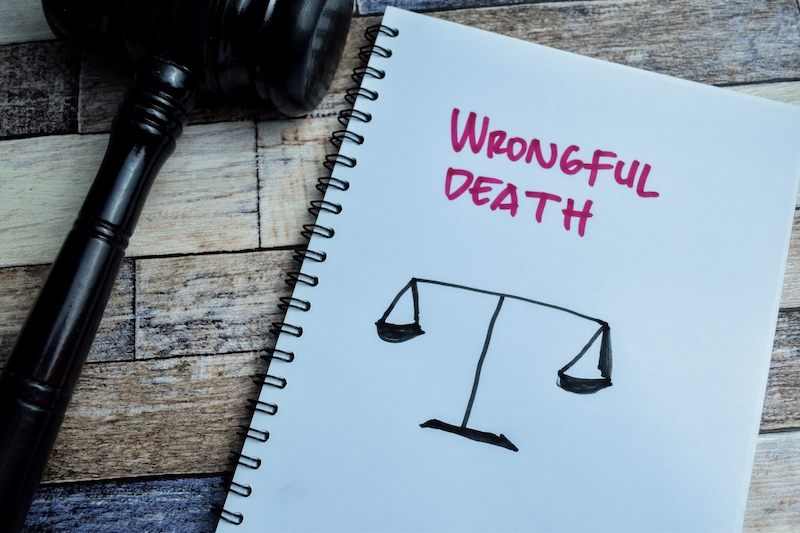
What Constitutes a Wrongful Death?
A wrongful death occurs when an individual dies because of the actions or omissions of another party, whether due to negligence, recklessness, or intentional harm. In California, wrongful death claims are governed by Section 377.60 of the California Code of Civil Procedure. These claims are civil lawsuits initiated by the deceased’s family members or estate to seek financial compensation for their loss.
Key Steps in Filing a Wrongful Death Lawsuit
The process begins with consulting a qualified wrongful death attorney. During this meeting, the attorney assesses whether your case meets the legal criteria for a wrongful death claim, identifies the responsible party, and outlines the potential for a successful lawsuit.
Once the case is accepted, the attorney conducts a detailed investigation to gather necessary evidence. This includes identifying all liable parties and calculating damages, such as medical bills, funeral expenses, lost financial support, and emotional suffering.
The attorney prepares and files a formal complaint in court, outlining the legal basis for the claim and specifying the damages sought.
During discovery, both sides exchange information and evidence relevant to the case. This process helps build the foundation for the case and prepares both parties for potential settlement or trial.
Many wrongful death cases are settled out of court. After discovery, both parties may enter settlement negotiations or mediation to reach an agreement without going to trial.
If a settlement isn’t reached, both sides prepare for trial by organizing evidence, selecting witnesses, and formulating legal arguments.
How Courts Determine Damages
Economic damages cover tangible financial losses, including loss of financial support, medical and funeral expenses, loss of benefits, and loss of household services.
Non-economic damages address intangible losses such as loss of companionship and guidance, pain and suffering of survivors, and loss of care and nurturing.
In some cases, punitive damages may be awarded to punish the defendant and deter similar conduct in the future.
Expert testimony may be used to estimate future financial losses, considering factors like inflation, potential raises, and life expectancy.
Eligibility and Standing for a Wrongful Death Claim
In California, standing to file a wrongful death claim is limited to individuals with a recognized legal relationship with the deceased or who suffered a direct loss. This includes surviving spouses or domestic partners, surviving children, and issue of deceased children. Parents or siblings may be eligible if no immediate family exists, as well as financial dependents such as putative spouses, stepchildren, and others who were financially dependent on the deceased. To establish standing, the claimant must demonstrate their legal relationship to the deceased or financial dependency.
Crucial Evidence for Proving a Wrongful Death Case
Medical evidence includes the death certificate, autopsy report, medical records, and expert testimony.
Evidence of negligence involves accident reports, eyewitness testimony, and video or photographic evidence.
Causation evidence includes medical records linking the defendant’s actions to the death.
Proof of damages consists of financial records, medical bills, and testimonies on the impact of the death.
Expert witnesses such as medical experts, accident reconstruction specialists, and economists may also be required.
Common Defenses and Counter Strategies
Defendants may argue the deceased was partially responsible (comparative negligence), that the deceased knew and accepted the risks (assumption of risk), that other factors caused the death (lack of causation), or that underlying health issues caused the death (pre-existing conditions). They might also suggest another party was responsible (third-party liability). Plaintiffs must counter these arguments by demonstrating the defendant’s actions were the primary cause of the death or were a significant factor in it.
Working with Legal Professionals
Select an attorney specializing in wrongful death with a strong track record and good reputation. Ensure they understand your specific situation and have experience in similar cases.
Provide all relevant information to your attorney and be honest about the case’s details.
Collect all necessary documentation and witness information. Ensure that evidence is preserved for your attorney’s review.
Help your attorney document both the emotional and financial impacts of the death on your family.
Clearly communicate your goals for the case and understand the potential outcomes, whether settling or going to trial.
If required, prepare thoroughly for depositions or court appearances. Ensure consistency and truthfulness in all testimonies.
Rely on your attorney’s expertise and judgment. They will guide you through the legal process and help you make informed decisions.
Navigating a wrongful death claim involves understanding complex legal processes and working closely with experienced professionals. By following these guidelines, you can better manage the intricacies of your case and seek the justice and compensation you deserve.

Attorney Yosi Yahoudai extends adept guidance in the complex legal landscape. For invaluable insights and expert counsel, connect at 1-877-735-7035 or visit J&Y Law.





